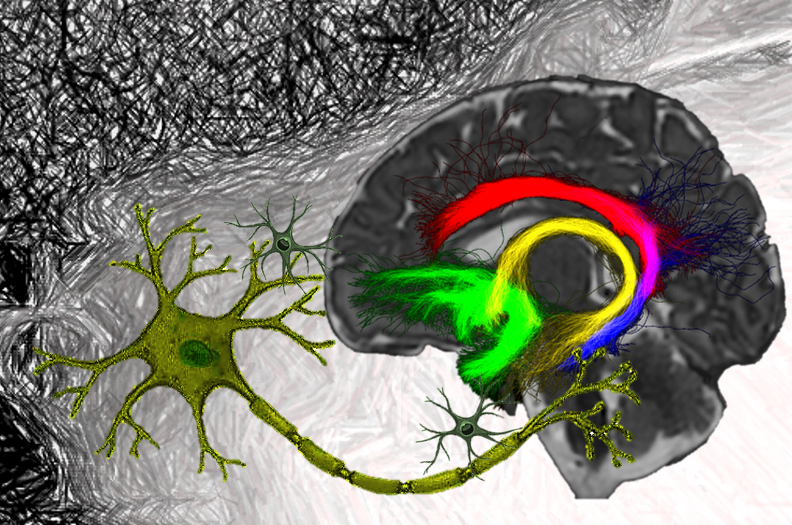


UNICEF estimates that, world-wide, over 100 million infants are exposed to levels of pollution that exceed World Health Organisation (WHO) recommended limits. London is recognised as one of the worst areas for air pollution in the UK, with levels of exposure to fine particulate matter (PM2.5) and nitrogen dioxide regularly exceeding WHO limits. There is growing concern regarding the effect of exposure during gestation and in infancy.
The overarching aim of this interdisciplinary project is to define mechanisms targeted by air pollution which impact brain development, by integrating neurocellular homeostasis, neuroinflammation, human neuroimaging and environmental data.